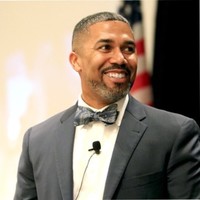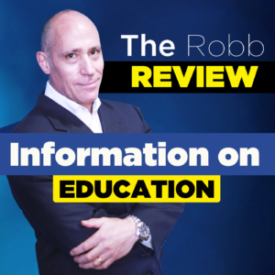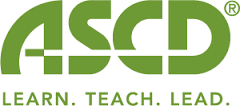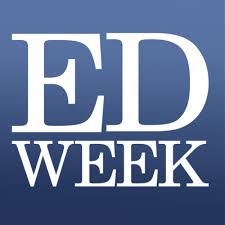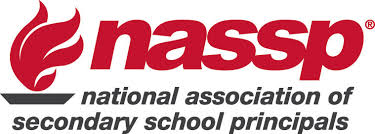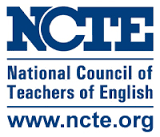Change, Greatness, and Leadership

Recently I was in a meeting discussing risk-taking, change, and disrupting routines. I recall stating dynamic learner-centered classrooms will always be lead by dynamic teachers. You cannot have an old-fashioned rigid teacher leading a progressive and dynamic classroom. The same parallel is true for a school. Progressive schools have principals who empower staff and students to take risks and grow as learners and thinkers because these principals value:
- curiosity;
- creativity;
- Innovation;
- taking risks;
- relationship building; and
- view making mistakes as information that can support positive change.
Why do some schools and classrooms appear so different? One reason is that through their actions and beliefs, leaders can demonstrate how purposeful risk-taking is important for staff to grow as professionals. This leading by example can give teachers permission to take risks. A risk can encourage teachers to try something small such as committing to reading aloud every day. Or they can risk disrupting a significant routine by moving from a teacher-centered to a student-centered approach. Risk-taking can break a cycle of repetition. Permission to take risks is how we grow and become better. It will only happen if staff feel safe and observe you taking risks, missing the mark, but continuing to work hard until you reach your goal.
Disrupt what you do.
The school principal sets the tone for a school. A tone of intentional risk-taking and innovation or a tone of rigid compliance. It is the principal who can stifle creativity, imagination, and risk-taking or empower staff to find their greatness. Leadership matters. The world we are preparing students for is far different than what we experienced in school. And we educators need to prepare our students for this changing world and the uncertainties and unknowns of the future.
Here are my top five ways for a principal to set a tone where taking risks and disrupting routines is part of the school’s culture. Use these to reflect and then to change. Staff and students deserve it.
Model: I have known “leaders” who attempt to communicate appropriate risk-taking, but when staff observes them they don’t see congruence between words and action. If the principal wants to create a culture where taking risks is acceptable, staff must see the principal doing the same.
What are you doing to show staff that you too are taking risks?
Define: Taking risks is broad. Effective principals communicate what risk-taking means in their school. They build understanding through discussion groups and book and article studies. Risk-taking merely to take a risk may not create changes in learning. However, purposeful risk-taking, evidenced through improved learning, is right on target.
Encourage: Effective school leaders give specific positive praise to staff who are taking risks and growing as teachers. This type of feedback makes a difference. Specific positive feedback will encourage teachers to continue to try new methods, to take risks, and know if they make mistakes, they can always remedy them.
How are you encouraging change using specific praise?
Empower: In the world of business empowered employees bring innovation to a company and can improve the bottom line. In education, staff who are empowered to take risks and innovate impact student learning. Empowered staff will be more invested in what they do and most importantly why they do it. Smart risk-taking helps develop empowered teachers who can impact student learning.
How do you empower staff to take purposeful risks to improve their practice?
Safety: Staff needs to feel safe to take risks, and they need to understand failure is part of taking risks. If you scold staff for taking a risk or they hear of another staff member admonished for taking a risk, the entire initiative to change can fail. On the other hand, if the principal communicates that failure is a part of risk-taking, he or she lets staff know they can learn from failures and move along the path pointed towards success. When staff have bad experiences and the principal meets trying something new with understanding, they will try again. How you treat staff will spread around the school.
Do staff in your school feel it is safe to take risks?
Risk-taking involves creativity, innovation, and disruption of routine. Embrace intentional risk-taking, model it, communicate it, and celebrate it. Empower staff and give them permission to try. Lead the change. Collaboratively create a culture celebrating creativity and innovation. Staff and students need and deserve innovative schools. Be the leader who allows this to happen!
Website: Robb Communications
Blog: The Robb Review Blog
Twitter: @ERobbPrincipal
Facebook: The Robb Review Facebook
Podcast, The Robb Review Podcast
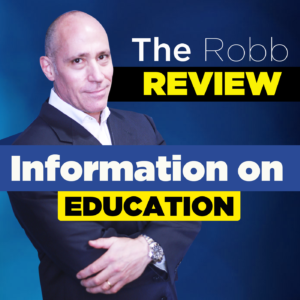
![]()




